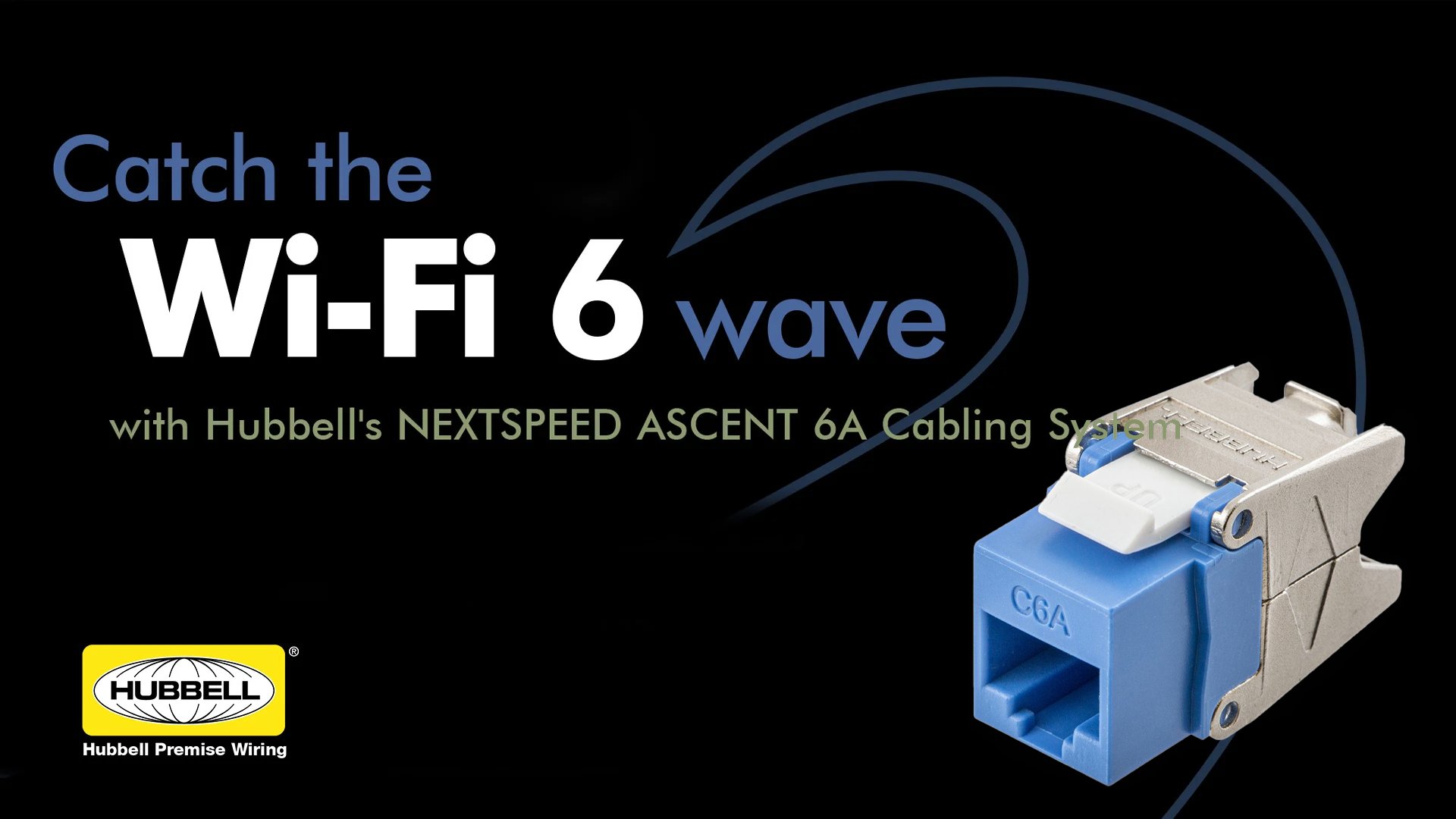With the accelerating increases in the number of devices on a typical commercial Wi-Fi network, many users—from hospitals to offices to universities and more—have seen the performance of their data networks degrade significantly over the years in the 2.4 and even the 5.0 GHz range. The introduction of Wi-Fi 6 in 2019 added a number of new features that potentially provided some relief, but, name aside, it was not until a new, different addition of the standard, released in late 2020, that the 6.0 GHz frequency band was finally opened up. That version, dubbed Wi-Fi 6e, is a huge evolution, the first time that new spectrum has been made available in years, and the benefits could be substantial.
Now that Wi-Fi 6e is becoming a reality, most fence sitters will likely be jumping in with both feet, seeking to give their traffic-jammed commercial networks a lot of relief, with theoretical speeds upwards of 10 Gbps, more bandwidth and more available channels with less interference and greater POE capabilities, for higher throughput and more reliable transmissions of data of all kinds.
While organizations know that, obviously, they need new hardware such as Wi-Fi 6 or Wi-Fi 6e enabled routers to tap into these benefits, they might be less aware of the need for a more robust infrastructure—appropriate cabling, antennas and related components—to handle the increased capacity. And, unfortunately, that could hamstring upgrade efforts before they even start.
Don’t miss the wave—catch it!
In fact, if, after investing in a hardware upgrade, your data throughput isn’t coming close to meeting expectations, don’t yell at your hardware supplier—more than likely the bottleneck is in your existing cabling and infrastructure system.
While every network is different, ensuring that every access point in the facility is connected with Category 6A rated cable, jacks, patch cords and related components is basic. In addition, diligently following recent Telecommunications Industry Association (TIA) cable standards can be even more vital in securing the benefits of Wi-Fi 6e than it was for operating effectively under past Wi-Fi generation versions. That means, for example, having two Category 6A drops at every access point to support increased bandwidth or power requirements—also called link aggregation.
Expertise at your service
Fortunately, whether you are seeking to upgrade your own networks or designing or specifying networks on behalf of clients, you don’t have to figure this all out alone. Suppliers such as Hubbell have developed significant inhouse expertise that we are glad to share with customers. Further, in the case of Hubbell, the company’s recent acquisition of AccelTex Solutions has added a wide range of patch and omni-directional access point antennas and mounts to an already robust 6A cabling offering, providing an even greater range of products and expertise for a complete end to end “one stop shopping” convenience. Give us a call—we’re here to help.

